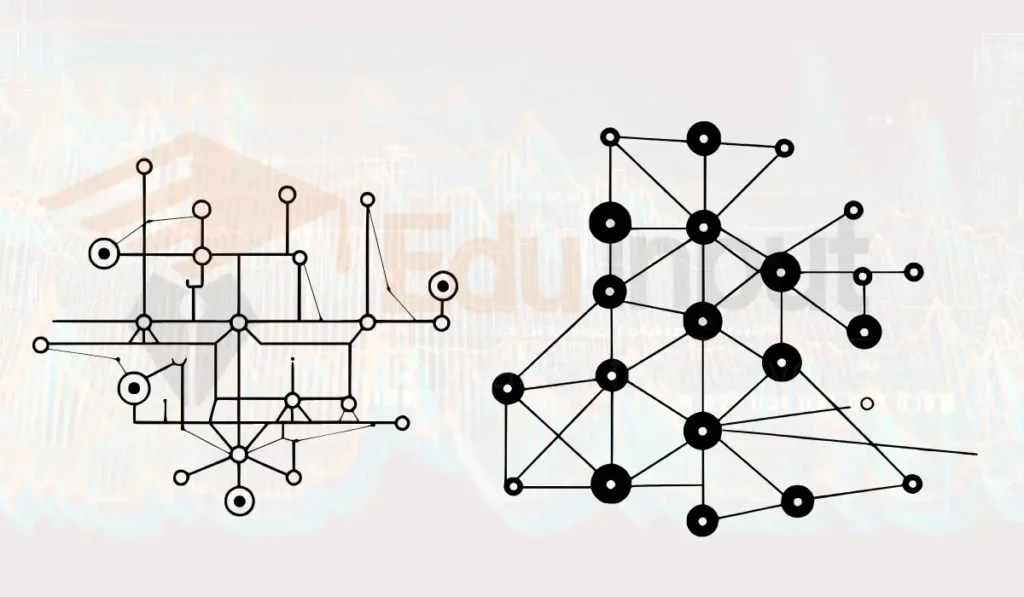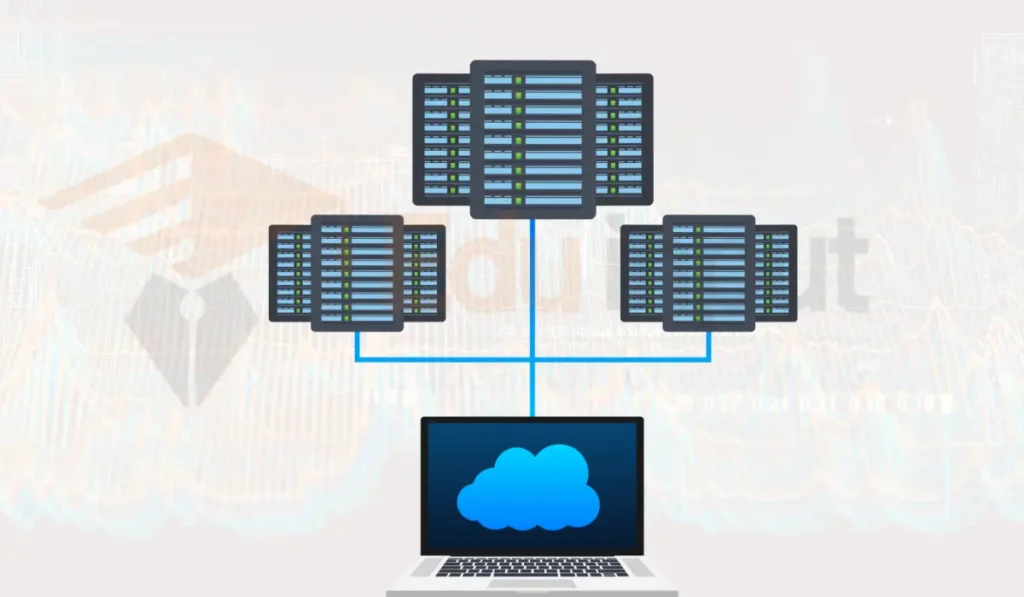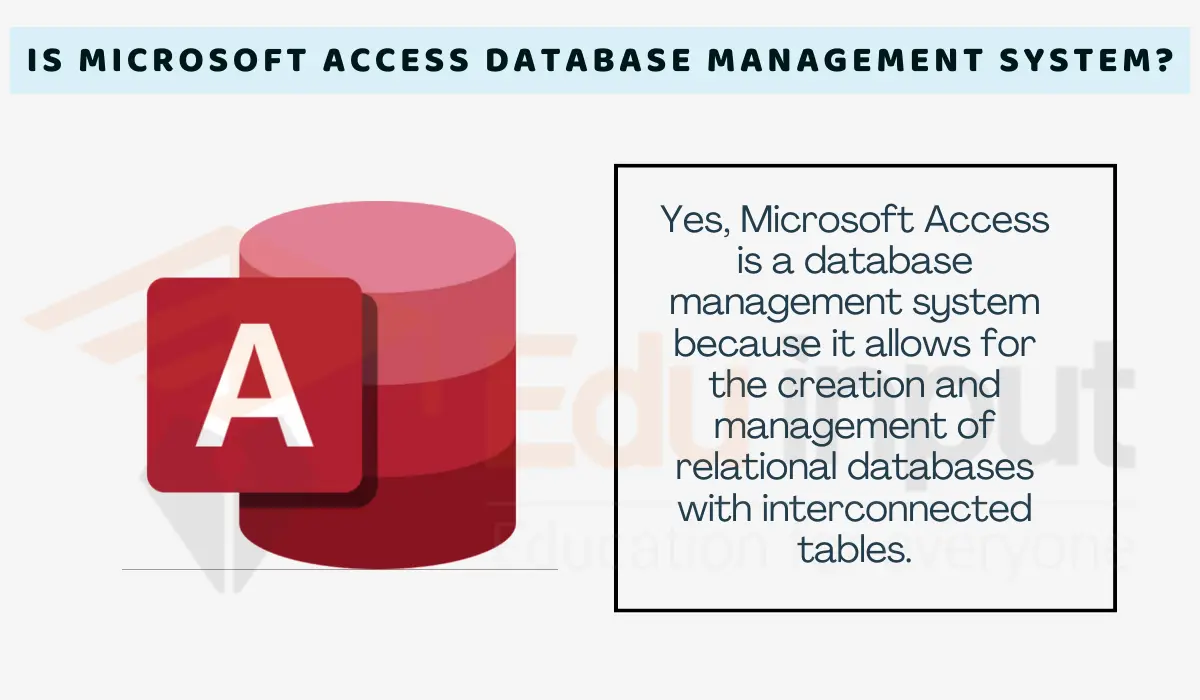What is a Database-Definition and Types
Database definition
A database is a collection of data organized into records or rows. The data stored in a database is usually structured in such a way that it can be easily retrieved. Databases are often used for storing information about customers, inventory, employees, etc.

Databases are very useful tools for organizing and managing large amounts of data. They provide a central location where data can be accessed from multiple applications.
Databases are used to store information in various forms. For example, we can use it to store customer details, employee information, inventory, etc. For this purpose, each component of the database performs a specific function.
History and evolution of database
In the early days of databases in the 1960s and 1970s, navigational database models like hierarchical and network structures dominated, used to manually manage data storage and retrieval.
With computerization, cheaper data storage and management facilitated a shift away from manual systems. E.F. Codd’s introduction of the relational model in the 1970s emphasized logical data organization independent of physical storage, paving the way for modern relational database management systems (RDBMS) that emerged as the dominant technology for distributed data management.
SQL became the standard query language, providing simplicity compared to navigational models. Through the client-server era and beyond, exponential growth in internet and computer networking fueled database adoption in networked client-server architectures.
While object-oriented database management systems (OODBMS) briefly gained traction in the 1990s by integrating with object-oriented programming, RDBMS endured as the leading database technology. The “NoSQL” movement offered flexible, non-relational database alternatives to RDBMS for certain data needs. Database usage now powers common applications and services built on both SQL and NoSQL systems.
Types of Database
There are different types of database
1. Centralized database
Centralized managed databases are those where data is stored at a central location. They are usually owned by a single entity or organization. The data is then accessed from multiple locations via a network connection.

Centrally managed databases can be very useful in situations where data is shared across multiple organizations. For example, a company might want to store its customer information in a centralized database. This way, they can access it from anywhere within their network.
2. Relational Database
A relational database is a type of database management system (DBMS) that uses tables to store data. A table consists of rows and columns. Each row represents a single record and each column represents a field of information.

Rows are connected using relations. Relations allow users to query and manipulate data based on relationships between records.
3. NoSQL Database
NoSQL databases are not structured like traditional SQL databases. Instead, they use different structures to organize their data. These databases often have no fixed schema and do not require a rigid structure to create and maintain data.

NoSQL databases are often used for storing information such as user profiles, social media posts, and other types of data that don’t fit into relational databases. They also provide better performance because they don’t require joins between tables.
4. Graph Database
Graph databases are similar to relational databases except that instead of storing data in tables, they store it in nodes and edges. Nodes represent individual pieces of data and edges connect them together.

5. Distributed Database
Distributed databases are databases that store data across multiple servers or computers. They are often used to scale out applications that require high availability and reliability.

Distributed databases are designed to store data across multiple servers or computers. They allow you to access information from anywhere at any time. This means they can provide better performance and reliability than a single server.
Distributed databases are becoming more common because they offer several advantages over their centralized counterparts. For example, they don’t require a central administrator who has full control over every aspect of the system. Instead, they rely on a consensus mechanism to ensure that everyone agrees on the same version of the data.
6. Object-oriented database
Object-oriented databases (OODB) are data structures that organize information into objects. These objects have attributes, behaviors, and relationships with each other. OODBs are often referred to as object-relational mappers (ORM). ORMs provide a way to map data between different systems.








Leave a Reply